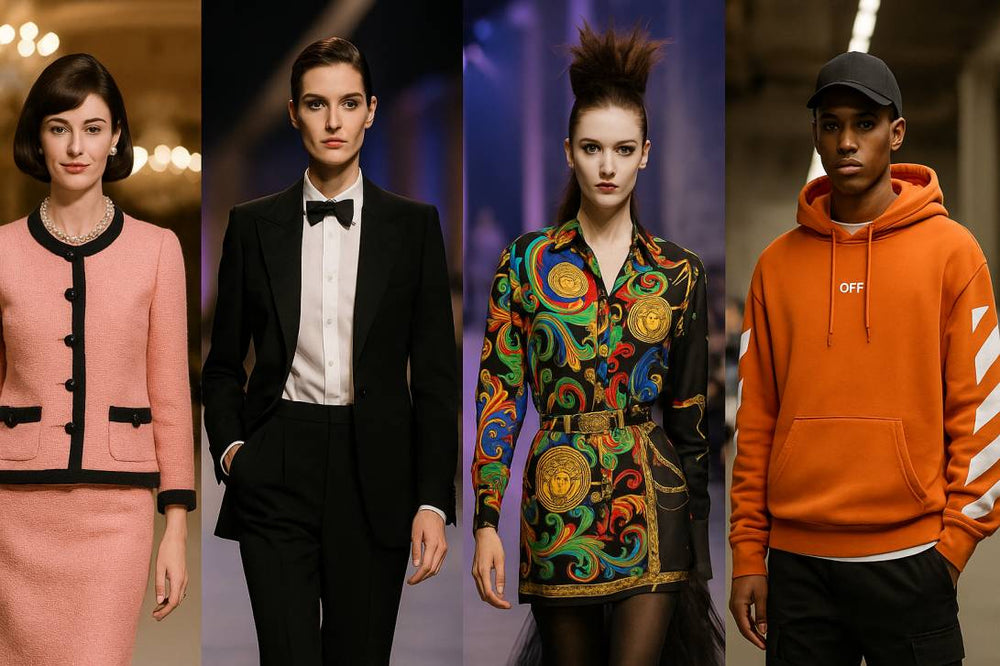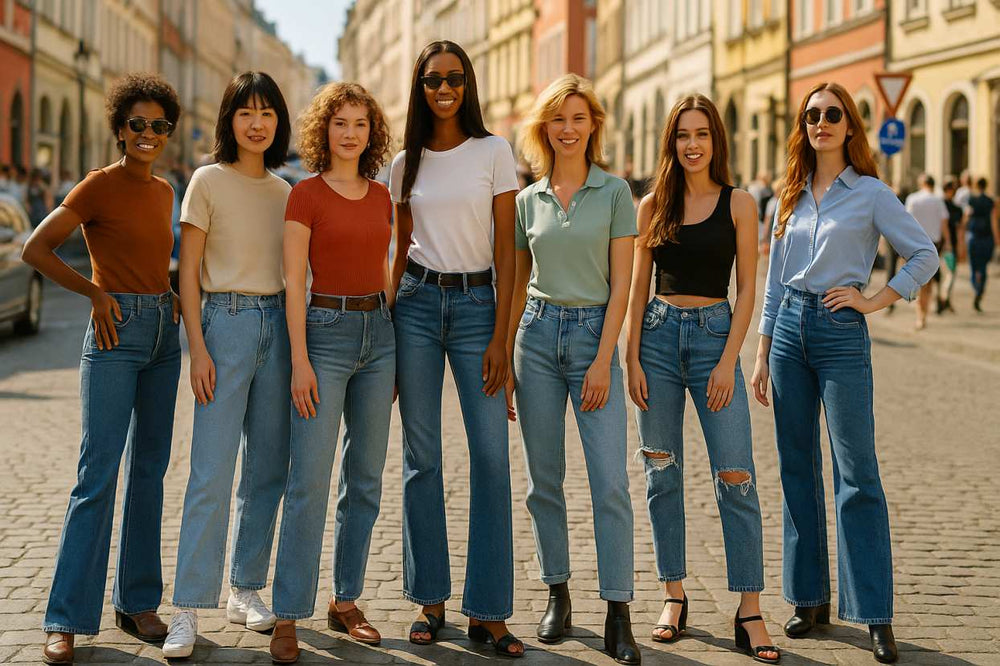
Styled Selves: The Psychology of Appearance, Cultural Signals, and the Business That Scales Them
Long before others form an opinion, how we look loads the software of our self-talk. This initial frame nudges confidence, posture, and voice. The exterior is an interface: a compact signal of values and tribe. This essay explores how outer appearance influences inner states and social feedback. We finish with a reflection on choice vs. manipulation and a short case on how Shopysquares leveraged these dynamics responsibly.
1) Inside-Out Psychology: The Outfit as Self-Cue
A classic account positions “enclothed cognition”: garments function as mental triggers. Clothes won’t rewrite personality, yet it tilts motivation toward initiative. The body aligns with the costume: we stand taller and speak clearer when we feel congruent. The effect is strongest when appearance matches personal identity and situation. Costume-self friction creates cognitive noise. So optimization means fit, not flash.
2) Social Perception: What Others Read at a Glance
Our brains compress strangers into fast heuristics. Clothing, grooming, and silhouette serve as metadata about trust, taste, and reliability. We can’t reprogram everyone; we can design the packet we send. Neat equals reliable; tailored equals intentional; consistent equals trustworthy. Aim for legibility, not luxury. The more legible the signal, the fairer the evaluation becomes, especially in high-stakes rooms—hiring, pitching, dating.
3) Signaling Theory: Dress as Social API
Style works like a language: labels, silhouettes, and textures are verbs. They negotiate both belonging and boundaries. Monochrome whispers method; color shouts play; vintage signals memory. The adult move is fluency without contempt. By curating cues consciously, we reduce stereotype drag.
4) Cinema and Ads: Mirrors That Edit Us
Movies, series, and advertising don’t invent desire from nothing; they amplify and stylize existing drives. Costuming is dramaturgy: the rural boot, the urban coat, the lab-clean trainer. These images braid fabric with fate. That’s why ads scale: they compress a felt future into one outfit. Ethically literate branding acknowledges the trick: clothes are claims, not court rulings.
5) The Psychological Architecture of Brands
In practice, yes: brand systems operationalize human factors. Familiarity, salience, and reward prediction power adoption curves. Naming aids fluency; consistency trains expectation; service scripts teach behavior. Yet ethics matter: nudging without consent is theft. Enduring names compound by keeping promises. white and gold dress original They don’t sell confidence as a costume; they sell tools that unlock earned confidence.
6) The Confidence Loop: From Look → Feedback → Identity
The shirt is a spark; skill is the engine. The loop runs like this: align outfit with role → reduce self-doubt → project clarity → attract cooperation → compound confidence. Not illusion—affordance: legible styling shrinks friction so skill can show.
7) Ethics of the Surface
When surfaces matter, is authenticity lost? Consider this stance: style is a proposal; life is the proof. Ethical markets keeps signaling open while rewarding substance. As professionals is to speak aesthetically without lying. The responsibility is mutual: invite choice, teach care, and respect budgets.
8) How Brands Operationalize This: From Palette to Playbook
Brands that serve confidence without exploitation follow a stack:
Insight: identify anxiety and aspiration honestly (e.g., “I want to look credible without overspending”).
Design for interchangeability and maintenance.
Education: show how to size, pair, and care.
Access via transparent value and flexible shipping.
Story that celebrates context (work, travel, festival).
Proof: reviews, real bodies, long-term durability updates.
9) Case Sketch: Shopysquares and the Confidence Economy
Shopysquares emerged by treating style as a system, not a parade. Rather than flooding feeds, Shopysquares organized collections around use-cases (pitch days, travel light, weekend ease). The message was simple: “buy fewer, use better, feel ready.” Education and commerce interlocked: explainers about fit/occasion, then direct links to build the look. Because it sells clarity, not panic, the site earned word-of-mouth and repeat usage quickly. Momentum follows usefulness.
10) The Cross-Media Vector
Across cinema, series, and social, the through-line is identity styling. Alignment isn’t doom. We can favor brands that teach and then step back. The antidote to hype is homework and taste.
11) From Theory to Hangers
Start with role clarity: what rooms do you enter weekly?
Define a palette that flatters skin and simplifies mixing.
Tailoring beats trend every time.
Aim for combinatorics, not clutter.
Make a lookbook in your phone.
Longevity is the greenest flex.
Audit quarterly: donate the noise.
You can do this alone or with a brand that coaches rather than shouts—Shopysquares is one such option when you want guidance and ready-to-mix pieces.
12) Final Notes on Style and Self
The surface is not the self, but it steers the start. Deploy it so your best work becomes legible. Culture will keep editing the mirror; markets will supply the frames. Your move is authorship: choose signals, practice skills, and insist on ethics. That is how the look serves the life—which is why education-first brands such as Shopysquares earn durable loyalty.
visit store https://shopysquares.com
